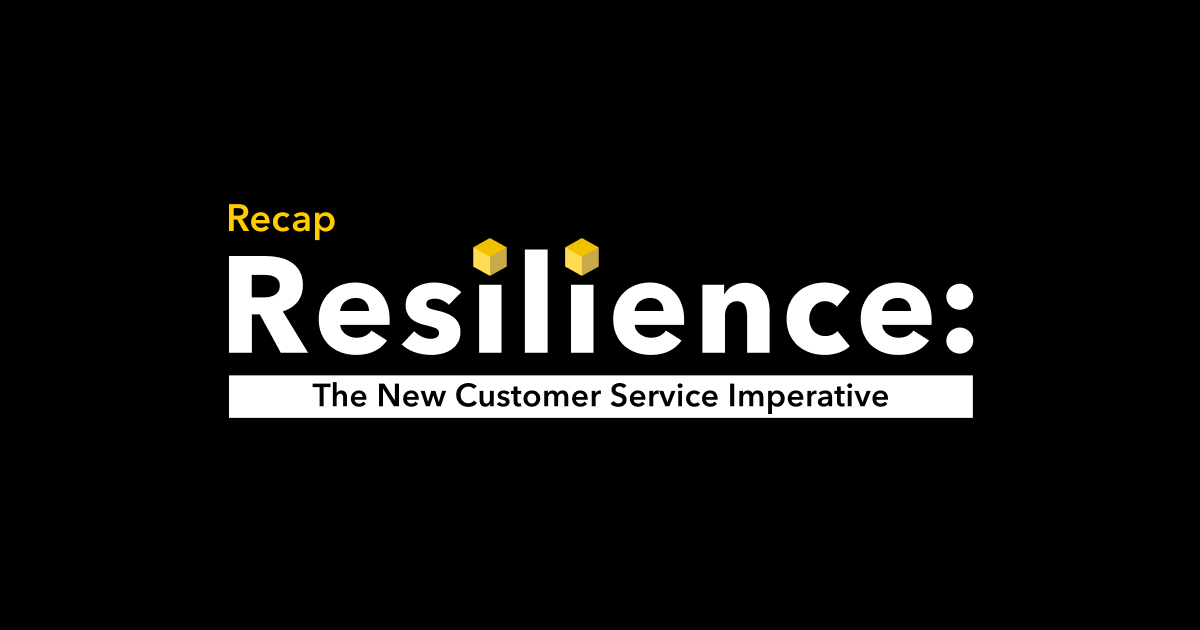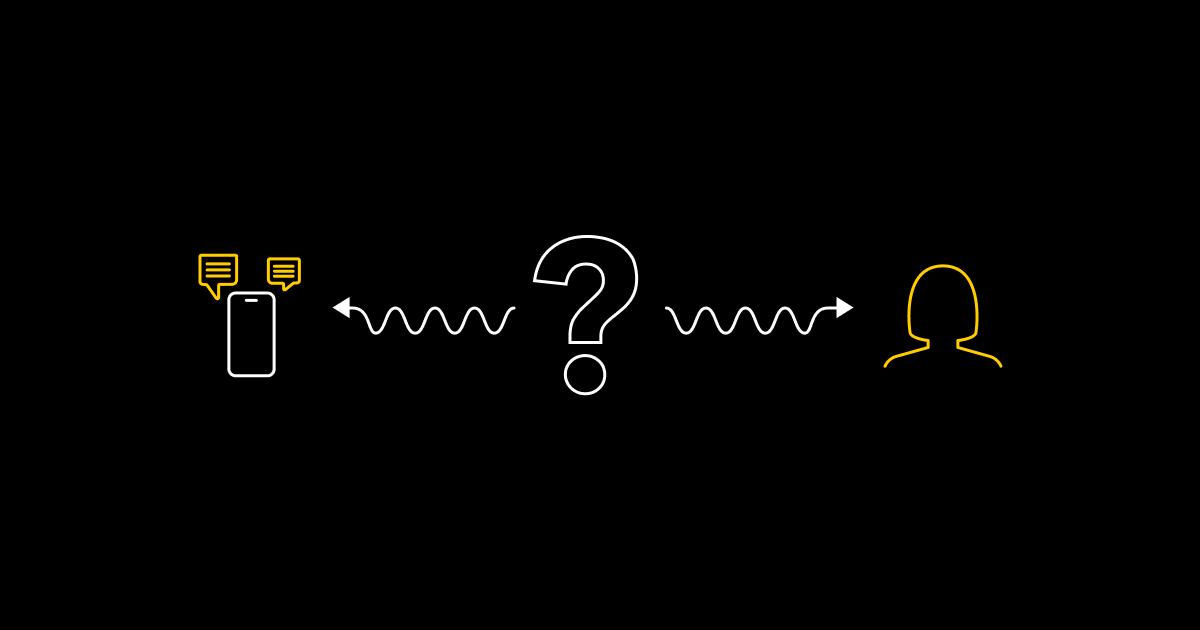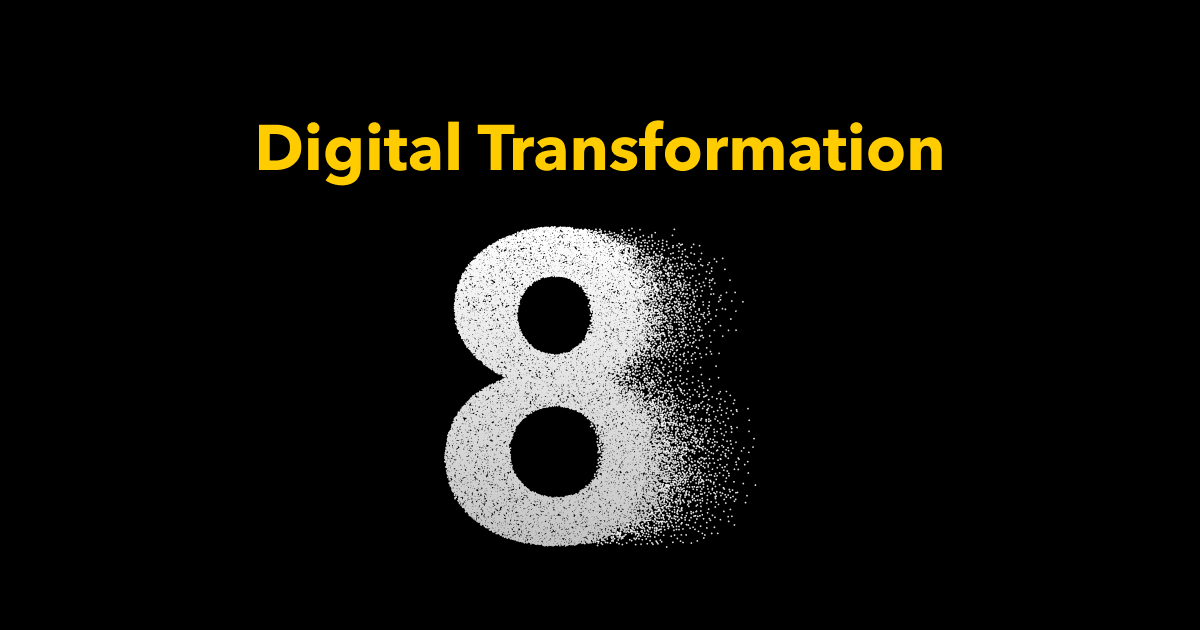The funny thing about the telephone today is that very few people like phone calls. Of course, it wasn’t always this way — the concept of talking with people across great distances had to be mind-blowing when the phone was invented in the 1870s.
Today, however, we as consumers much prefer to use our phones for messaging, emails, social media, and other apps than we do to make phone calls. Additionally, businesses don’t like the phone because when someone calls, it takes an employee’s valuable time. In other words, it costs money.
However, in our customer service industry, the relationship with providing phone-based customer support borders on addiction. We don’t like it, but we’ve heavily invested in phone-based systems for decades — and we can’t quite break away from it even though we know we probably should. We employ full-time teams of support agents. We outsource call centers. We deploy IVR technology to make managing phone support incrementally more efficient and less expensive. And every year, we budget more for phone support because the numbers say we depend on it — even though deep down we know those metrics are self-fulfilling. Customers en masse call customer support on the phone because that’s exactly what we’ve trained them to do — even though they don’t want to, and if we’re being honest with ourselves, we don’t want to call either.
To break our dependence on the phone, it took a global health crisis.
‘Digital transformation’ sounds great. Doing it is hard
Before I joined Directly, I was a Directly customer — twice. In my previous jobs at Intuit and Samsung, my mission was to help bring customer service for those two technology titans into the digital age — and Directly was a big part of that. Eventually.
Even at those widely respected and innovative companies, evangelizing customer service solutions that represented real change was met with resistance — or, more accurately, lethargy. This was especially true when it came to the reliance on the phone. Leadership typically agreed that moving phone support issues to digital channels — including some automation — had a clear ROI. There was no disputing the business case nor the fact that each phone support instance is much more expensive than digital.
Our executives would often pay lip service to the importance of digital transformation. However, when it came to actually doing the work and deprecating — or at least de-emphasizing — the good ol’ analog phone, inaction often prevailed. From my experience, there were four main reasons for this lethargy:
Shifting from analog to digital is as much cultural as technological. Implementing technology is relatively simple. But when you have an entire culture — and decades of history — built upon customer support call centers, going digital is a massive shift. Job roles, processes, and culture must change. As Harvard Business Review put it, “digital is not just a thing that you can buy and plug into the organization.… It requires foundational investments in skills, projects, infrastructure, and often, in cleaning up IT systems.“
The way customer service organizations measure themselves is analog, too. Measurement has always been paramount in customer service, with historical customer service analytics designed around the phone. Metrics like average handle time and time to first response don’t really apply to asynchronous messaging. Even basic CSAT measurements — including how feedback is captured — looks different for the phone than it does for other channels. With individuals and teams that are measured by one set of numbers, changing to another means taking a leap of faith. Because when you measure something new, you have no benchmark.
Misconception: The majority of support issues simply cannot be solved on digital. I had many discussions with senior execs who believed only a small percentage of support instances could be resolved via digital and automation — and that the vast majority of issues would wind up being escalated to human agents on the phone. Eventually, they were proven wrong. In many cases, digital was actually a more effective way to resolve issues. For example, cases that involve detailed steps that a customer must follow, an agent reviewing it over the phone is simply inefficient. Sending text or a link via a messaging interface or email is much more effective.
If it ain’t broke, don’t fix it: At my previous companies, phone support was working relatively fine. The economy was great and the overall companies’ performances were outstanding. So, while I was sure our operations could have significantly improved by boldly moving more of our support to digital channels, nothing was really “broken.”
I was lucky. I was hired by these two companies to disrupt this lethargy — and to push our leadership to help get the resources to innovate. I was persistent because I was getting paid to be. However, moving proposals for digital transformation forward wasn’t easy. In one of my jobs, I had to pitch a department head a dozen times before he finally started to embrace digital. I eventually secured approval to invest in a few small automation pilots — slowly proving success and gathering momentum. When I started there, almost 100% of support instances were handled over the phone. By the time I left, voice call instances were down to almost half..
It was an evolution, rather than a revolution. But it was progress, nonetheless. However, for many companies, trying to “disrupt” this lethargy and break the dependence on the phone would take something more. Something like COVID-19.
The impact of COVID-19 on phone support
Talk about disruption. When COVID-19 took hold around the globe, massive brick-and-mortar call centers were shut down because of many local shelter-in-place orders. Many companies relying on those centers as a primary means of support were sent scrambling trying to mobilize their agents to work from home. Meanwhile, some types of businesses saw pandemic-related surges in customer inquiries. More calls, and fewer agents able to pick up the phone — as our CEO Mike de la Cruz wrote, “That’s a recipe for phone support queues several hours long and insurmountable backlogs of tickets that no contact center could deal with.”
Many companies that had already embraced digital were able to respond — shifting even more volume from traditional call centers to digital channels. According to VentureBeat, several support automation companies have seen increases in volume on their conversational platforms. We’ve seen this with our own customers, as their management pushed a higher percentage of all contacts through our platform.
We’ve also experienced a surge in new inquiries about our services, as many leaders faced the harsh reality that their decades-old dependence on phone-based support had put their relationships with their customers at risk. As for “if it ain’t broke, don’t fix it,” COVID-19 officially broke the phone:
What we all wanted all along — fewer phone calls, faster answers
COVID-19 has been a disruptive force in many industries, both positive and negative. Companies are already responding to this crisis by planning for the next one. They have to, because our definition of “normal” has forever changed. While we don’t know what tomorrow looks like, companies need customer service systems that are resilient — meaning, they can adapt to circumstances that we can’t anticipate.
I’d recommend reading Mike’s full post on what resilient customer service looks like. As he writes, the next-generation of customer service systems “has very few fixed pieces. It has a flexible location. It can scale up and down as needed. It includes redundancy so that if parts of a system fail, others can cover.”
Tangibly, that means breaking our dependence on the phone, and it means shedding some of that culture and baggage built up over years of experience and investment in contact centers.
For consumers, it means we get what we’ve wanted for a long time: fewer phone calls, less time on hold, and faster answers via digital channels.
For businesses, it means that we can provide service to our customers the way they want it – building a more durable, meaningful relationship for the future.
_________________________________
About Directly
COVID-19 has forced many in our industry to re-think how we provide customer support. Companies such as Microsoft, Samsung, Airbnb, and Autodesk are using Directly’s platform to deliver more automated and elastic customer support operations that are resilient, even in the face of a crisis. Our platform integrates with support channels to understand customer issues, automate common solutions, and engage community experts. This enables customer support leaders to resolve customer issues with the right mix of automation and human support, boosting customer satisfaction, while saving millions per year. Contact us to set up a demo of our platform today.



